Meet the weavers, knitters and designers recharging Ireland’s luxe economy
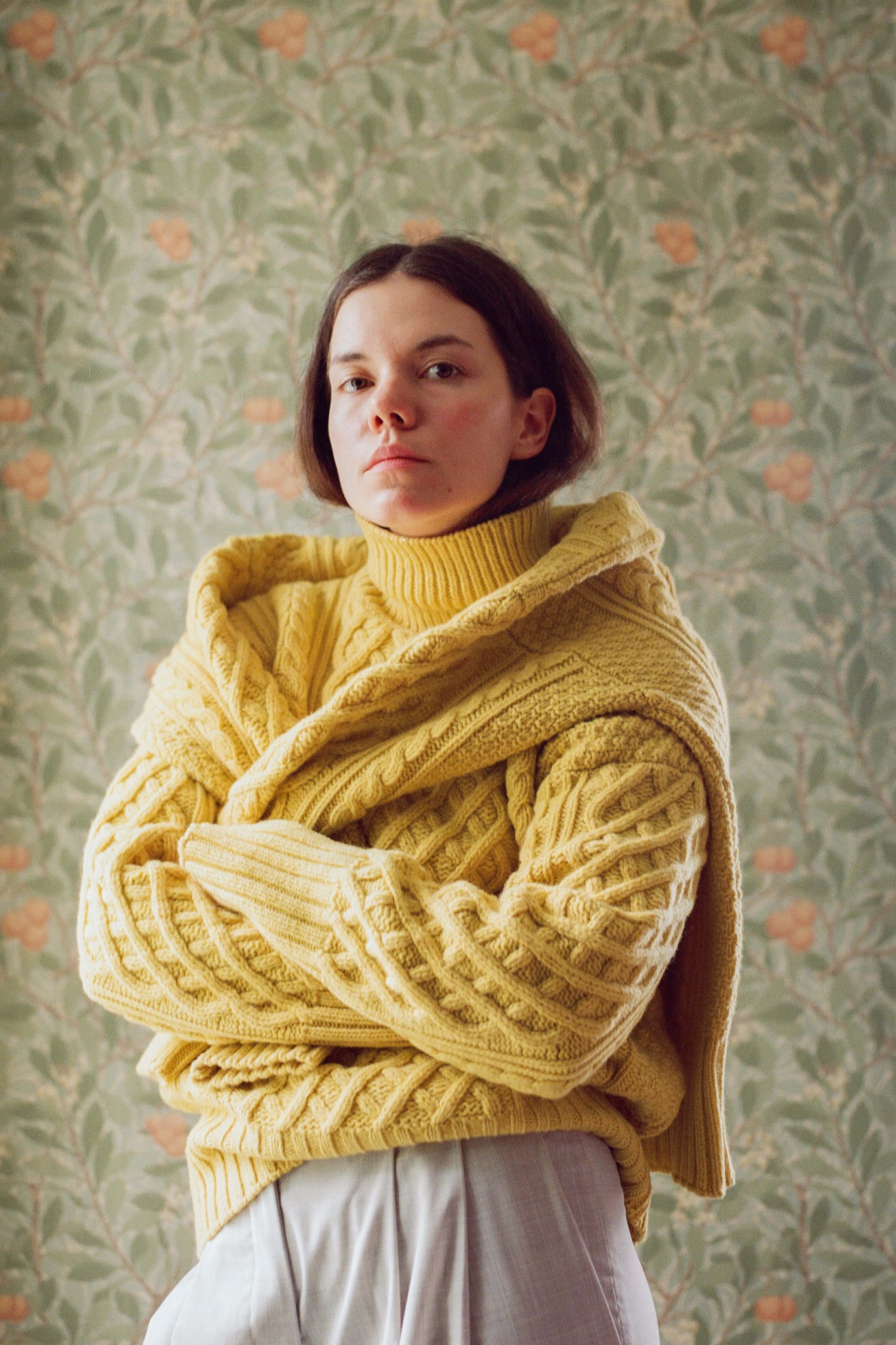
Simply sign up to the Style myFT Digest -- delivered directly to your inbox.
Colin Burke’s knitted and crocheted Aran sweaters, made in Galway, boast unexpected silhouettes – particularly a large, baroque, balloon-like sleeve. “I put my own twist on the traditional sweater,” says Burke, who uses a 60 per cent Irish fleece wool from Donegal Yarns – a supplier based in the north-west county long famous for its wool and tweed. That twist has proved itself to be desirable and fashionable. In Havana, a womenswear boutique in Dublin, the label sits alongside global names.
“It’s a fashion item that sells very well to wear with Comme des Garçons, Simone Rocha or Junya Watanabe,” says Havana founder Nikki Creedon. “Our Irish designers are very important to what we do, but I don’t stock them out of loyalty. It’s for the quality of the design.”
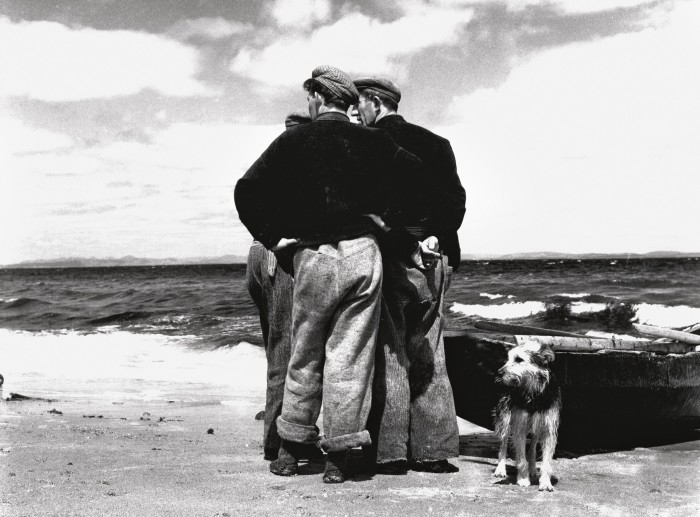
Some of fashion’s most influential names hail from Ireland: Jonathan Anderson, Simone Rocha and Seán McGirr, who is now at Alexander McQueen. With Róisín Pierce’s elegant all-white creations showing at Paris Fashion Week, and Michael Stewart’s Standing Ground and menswear designer Robyn Lynch in the ascendant in London, the voice of international fashion now has a powerful Irish lilt. Meanwhile, a cohort of creatives – keen to live and work in Ireland – are looking back at the country’s centuries-old expertise in producing woollens, linen and tweed, and honing it into a luxury offering for today.
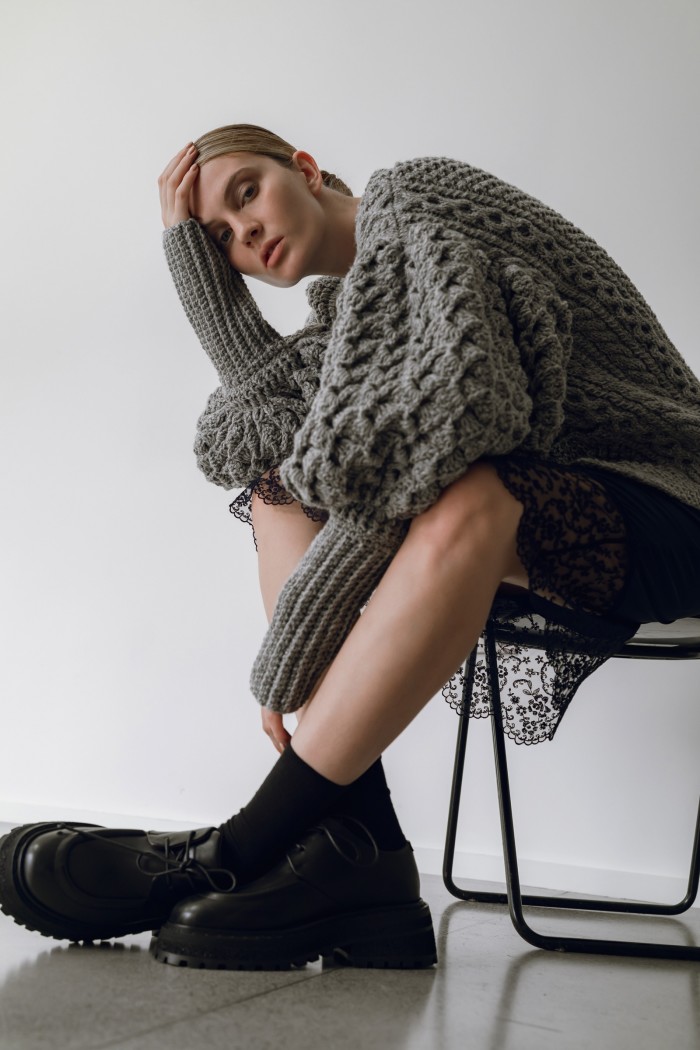
“Our homegrown designers are blending Ireland’s rich cultural heritage with global trends,” says Shelly Corkery, fashion buying director at Dublin department store Brown Thomas Arnotts. Its summer retail programme, Create, founded by Corkery 13 years ago, has become pivotal in showcasing local talent such as outerwear brand The Landskein, linen brand Kindred of Ireland and Burke. “The creative energy is palpable.”
Burke makes his sweaters to celebrate the memory and skill of his late grandmother, who taught him to crochet. He employs 10 knitters in different locations around Ireland, women mostly over the age of 60, from a generation – like Delia Barry, the octogenarian who became internet-famous after knitting the sweaters in the 2023 film The Banshees of Inisherin – who were taught to knit at school. “They’re just so talented, they know all the tricks,” says Burke. “I make sure that every piece includes the traditional blackberry stitch, the only stitch that can’t be made on a knitting machine, so it’s clear that each garment is hand-done.”
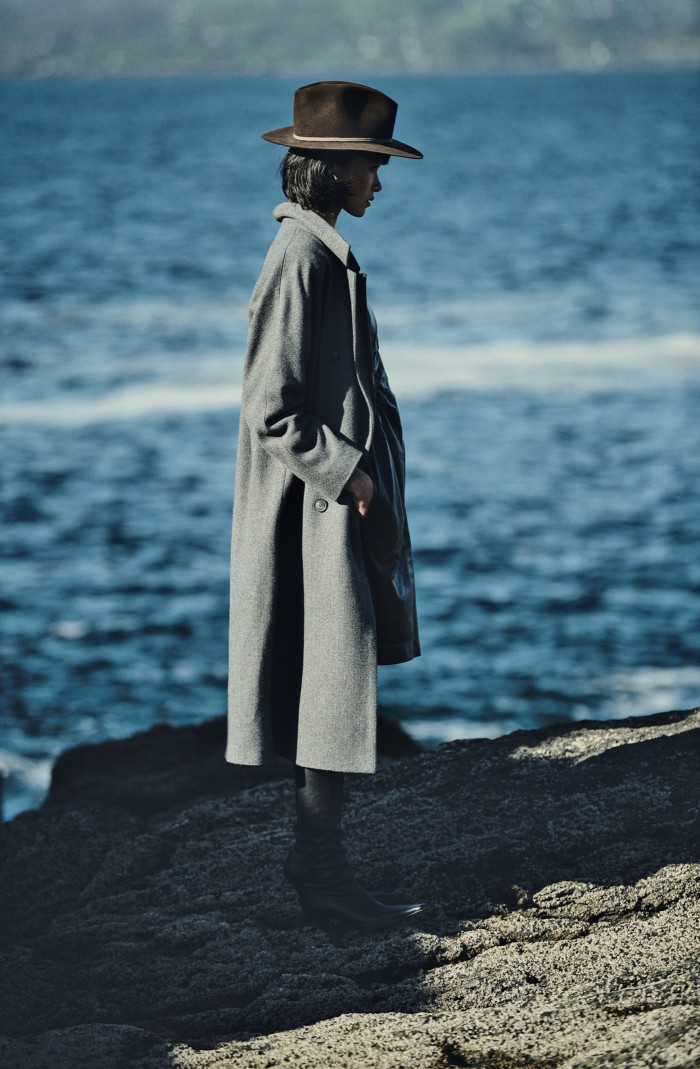
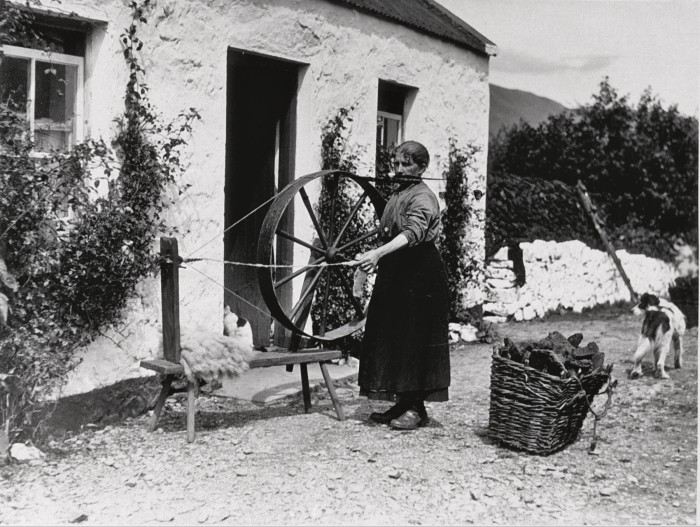
The Landskein offers luxurious tailored coats and blazers for women, woven in fine lambswool tweed by Molloy & Sons, also in Donegal, and in a palette of colours inspired by the Irish landscape (the word “landskein” describes the interweaving of horizon lines on hazy days). Founder Anna Guerin had long wanted to create coats with a more contemporary silhouette than those she could find from traditional Donegal tweed-makers but was galvanised when, while on a work trip to China back in 2016, a tailor showed her a so-called “Donegal” made for $12 a metre – a fraction of the price the authentic would cost in Ireland. “I was devastated,” she recalls. “But my question was: is there a discerning customer who would pay more for a fabric that didn’t look dramatically different to the Chinese-made?” The answer appears to be yes. The Landskein has just launched its fifth collection, Orphic, with 25 new styles, and will be stocked in 20 stores this year.
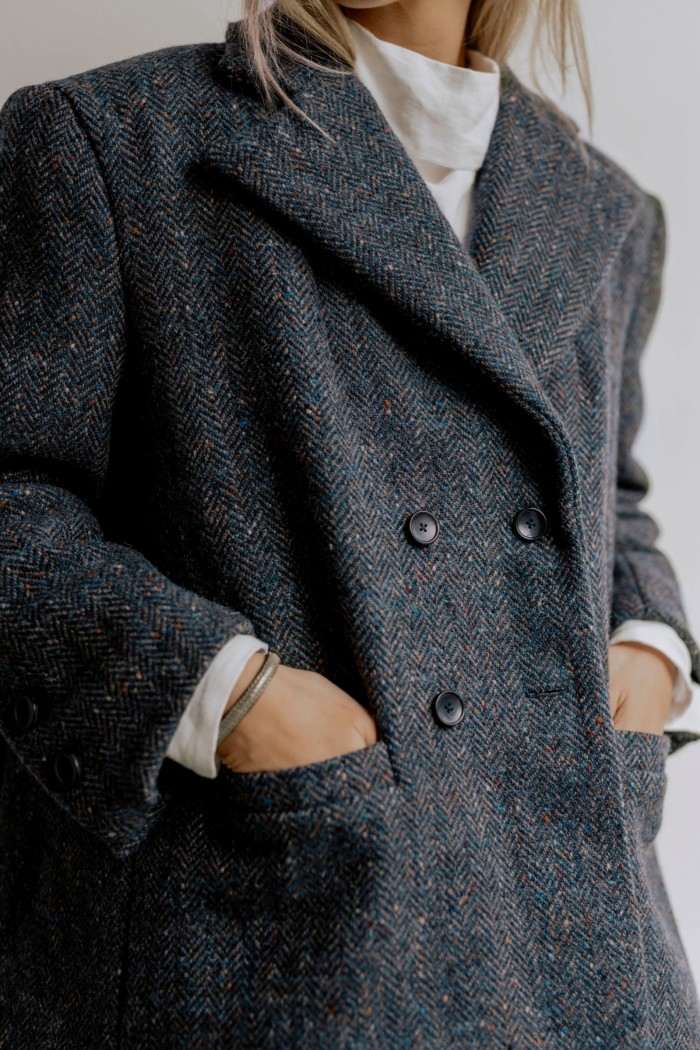
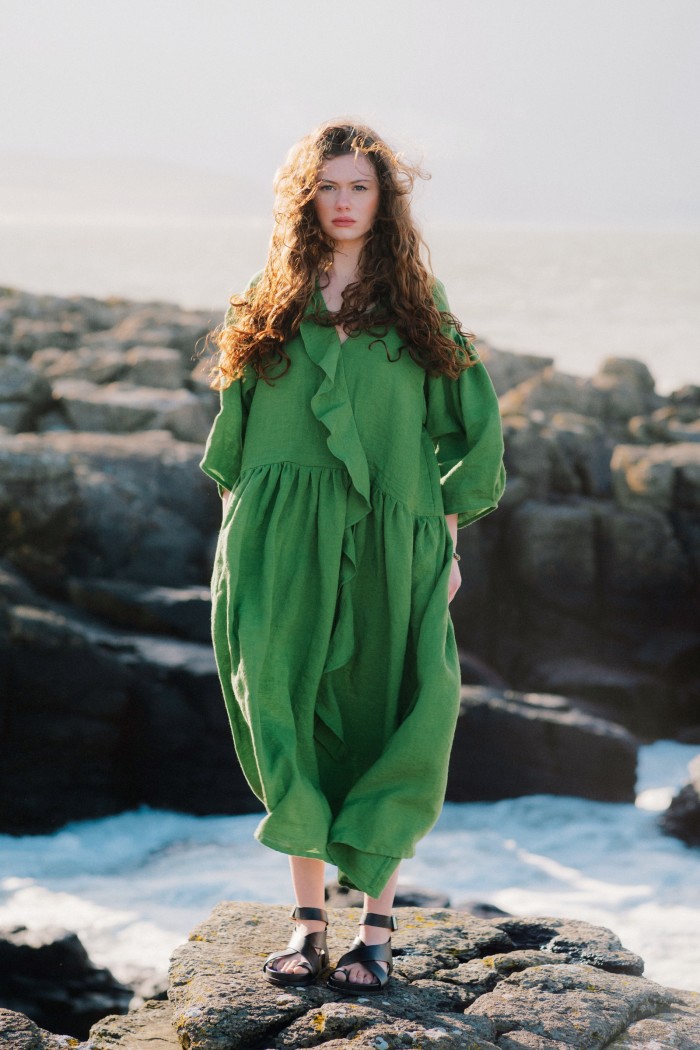
Amy Anderson of Belfast-based label Kindred of Ireland has recently introduced a Donegal tweed collection, also woven by Molloy & Sons, to sit alongside the Irish-made linen on which her romantic line of womenswear is founded. Linen is historically important to Belfast. By the end of the 19th century, the city had become “linenopolis”, the global centre of linen manufacture, employing a vast percentage of the working population. “Almost everyone in Northern Ireland can connect to that industry because it was so important here,” says Anderson, whose grandparents were mill workers.
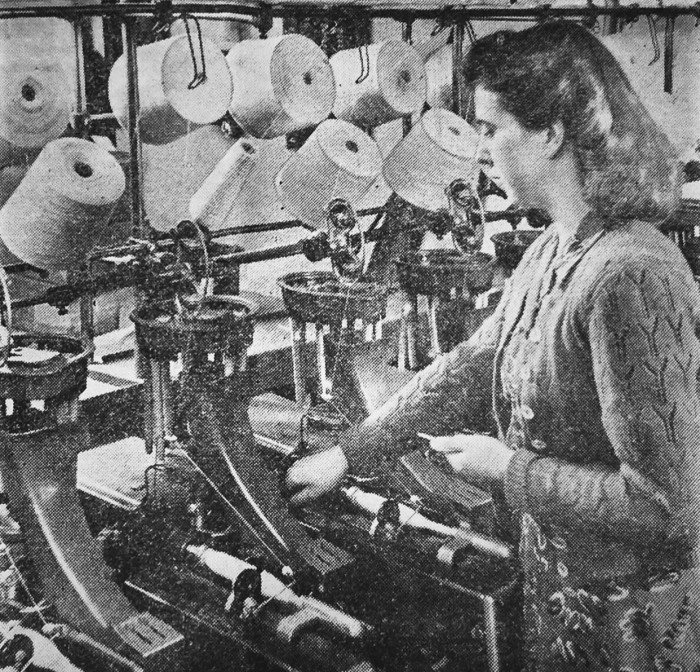
A photograph of her grandmother spinning at a mill prompted her to found Kindred in 2020. The heritage story, natural fabric and its nostalgia-tinged loose silhouettes have found a receptive audience, particularly the pieces in beetled linen – an ancient process that involves the fabric being dampened and repeatedly beaten with wooden blocks until it becomes crisp. “There’s only one machine in existence in Northern Ireland – maybe the world – that can still make beetled linen,” says Anderson. She has since developed a gold version that is almost leather-like.
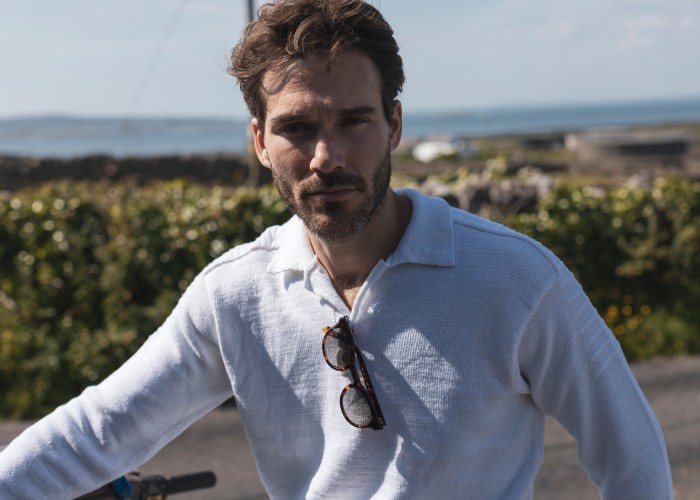
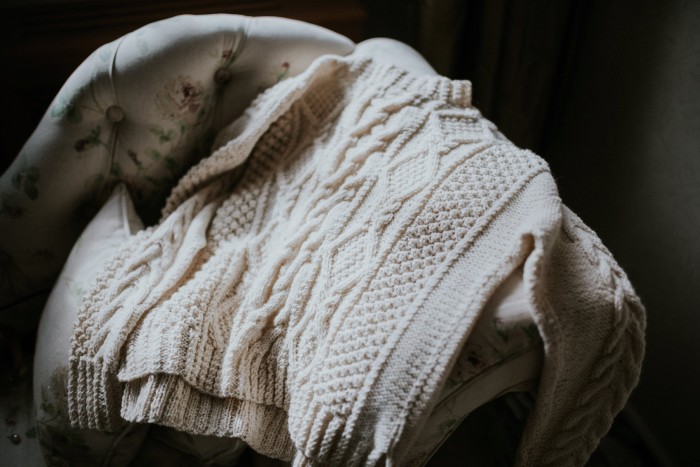
Siobhan McKenna founded knitwear brand Moss + Cable in her native Donegal in 2020. Her gender-neutral knits are both a little neater and more relaxed than the mainstream, and in a slightly off-beat palette (lemon, raisin, lilac) of colour-flecked Donegal yarns. “There are so many generations-old family factories and workshops in this area who used to export around the world,” says McKenna. “I love the fact that in a small way we’re contributing to the longevity of that tradition.” Meanwhile, Kildare’s Madigan Cashmere works with a team of five experienced Aran hand-knitters – “all older ladies, of course”, says co-founder Elaine Madigan – to make its cashmere-yarn Arans. Made to order, each one takes six weeks. “At the beginning, a business mentor advised me that people wouldn’t wait that long, but when they recognise the quality and the craftsmanship, they’ll wait.”
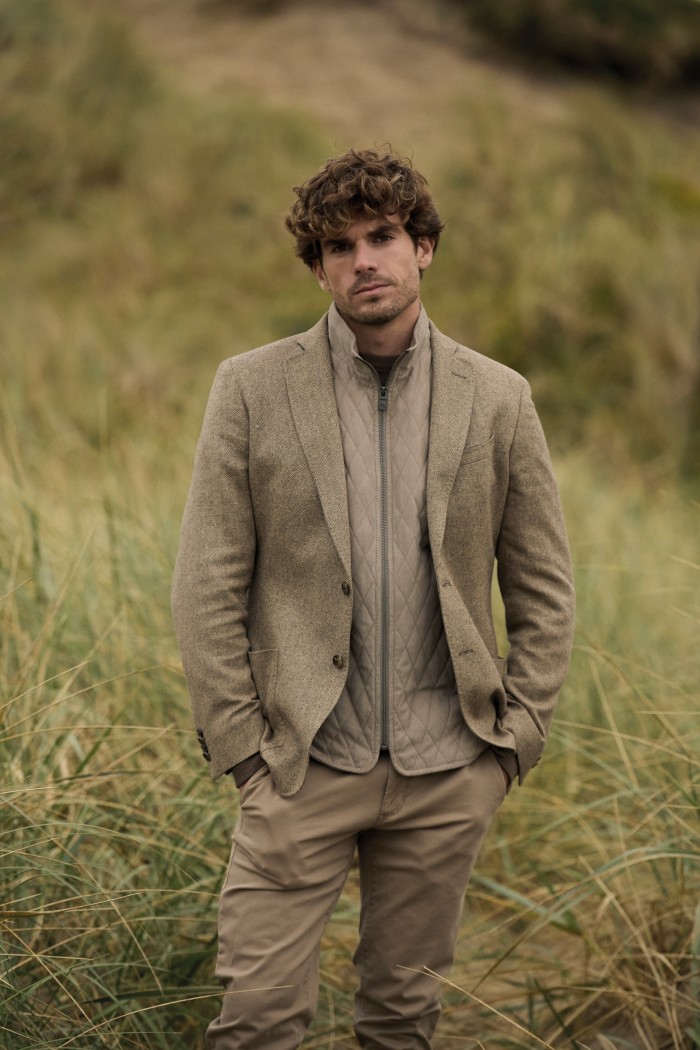
These new Irish brands are following in the footsteps of the likes of Magee 1866, a fifth-generation family tweed-maker based in Donegal (Sarah Jessica Parker, who has a home in the county, is a fan), and the Inis Meáin Knitwear Company, a pioneering enterprise founded on one of the Aran islands in the 1970s to give young people employment. (Its men’s Pub jacket in baby alpaca, silk, cashmere and merino is something of a cult item.)
“A lot of our young designers are discovering Irish linens and tweeds for the first time,” says Eddie Shanahan, founder and chair of the Council of Irish Fashion Designers. “We’re seeing more trans-seasonal collections and more people creating special pieces that you will want to keep hold of.”
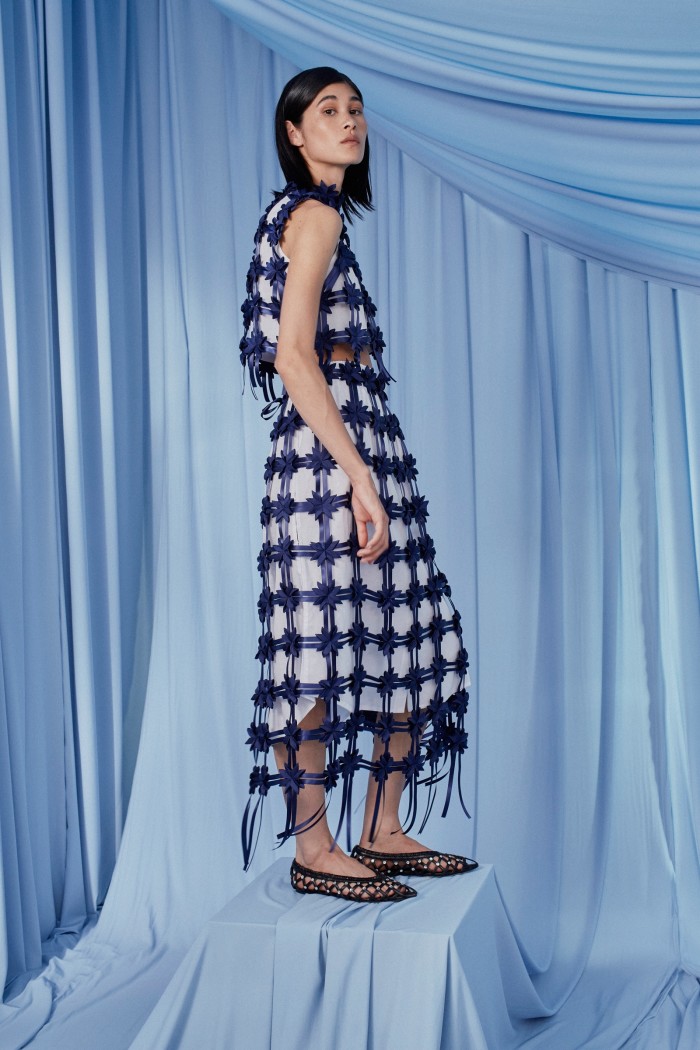
He points to design talent like Helen Hayes, who uses couture techniques to produce garments inspired by her grandmother’s 1950s knitting patterns, and the artist Sara O’Neill, who recently hand-painted two leather jackets worn by The Edge for U2’s residency in Las Vegas. O’Neill lives on the north coast of Northern Ireland; Éadach (Gaelic for clothes), her annual collection of digitally printed silk scarves and kimonos and linens, depicts stories from Irish legend and history. It’s always one of the biggest sellers at Brown Thomas Create. One collection is inspired by the 19th century’s “Millie” – the derogatory nickname given to female linen mill workers. “Those women were the backbone of society,” she says. “There are a lot of very strong female characters in Irish mythology and history, and I felt that was a little bit at odds with how Irish society had treated women for a very long time.”
Shanahan says he’s never been more optimistic, despite the changes in the global textile industry. “At one stage, Ireland was exporting more fashion designers than we were fashion collections,” he says. “We knew we could do it on the international stage, but we just had to have the same confidence at home.” A new generation of Irish designers, weaving a new future.
Comments